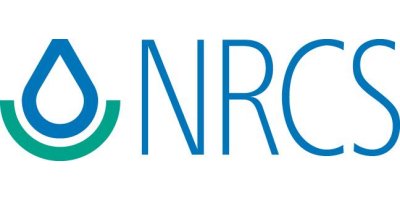Home > Data > Other Niwot Datasets
AmeriFlux Network (AmeriFlux)
AmeriFlux is a network of PI-managed sites measuring ecosystem CO2, water, and energy fluxes in North, Central and South America. The network includes more than 110 active sites (including Niwot Ridge). It was established to connect research on field sites representing major climate and ecological biomes, including tundra, grasslands, savanna, crops, and conifer, deciduous, and tropical forests.
Boulder County Geospatial Open data
Boulder County has an extensive catalog of geospatial datasets that cover Niwot Ridge, including LiDAR, hydrography and road maps.
Boulder Creek Critical Zone Observatory (CZO)
Critical Zone Observatories are a network of NSF funded sites studying the critical zone, the thin veneer of Earth that extends from the top of the vegetation to the base of weathered bedrock. The Boulder Creek CZO lies within the Boulder Creek watershed from the Continental Divide to the eastern plains..
National Atmospheric Deposition Program (NADP)
The National Atmospheric Deposition Program (NADP) monitors precipitation chemistry. The program is a cooperative effort between many different groups, including federal, state, tribal and local governmental agencies, educational institutions, private companies, and non-governmental agencies.
National Ecological Observatory Network (NEON)
The National Science Foundation's National Ecological Observatory Network (NEON) is a continental-scale ecological observation facility, fully funded by NSF. NEON collects and provides open data from 81 field sites (including Niwot Ridge) across the United States that characterize and quantify how our nation's ecosystems are changing. Data collection methods are standardized across sites and include automated instrument measurements, observational field sampling and airborne remote sensing surveys.
NOAA Carbon Cycle Surface Flasks (NOAA)
The NOAA/ESRL/GMD CCGG cooperative air sampling network effort began in 1967 at Niwot Ridge, Colorado. Today, the network is an international effort which includes regular discrete samples from the NOAA ESRL/GMD baseline observatories, cooperative fixed sites, and commercial ships. Air samples are collected approximately weekly from a globally distributed network of sites. Samples are analyzed for CO2, CH4, CO, H2, N2O, and SF6; and by INSTAAR for the stable isotopes of CO2 and CH4 and for many volatile organic compounds (voc) such as ethane (C2H6), ethylene (C2H4) and propane (C3H8). Measurement data are used to identify long-term trends, seasonal variability, and spatial distribution of carbon cycle gases.
Snow Telemetry (SNOTEL)
The Natural Resources Conservation Service (NRCS) installs, operates, and maintains an extensive, automated system to collect snowpack and related climatic data in the Western United States called SNOTEL (for SNOwpack TELemetry). There are over 730 SNOTEL sites (including Niwot Ridge). The sites are generally located in remote high-mountain watersheds. Basic SNOTEL sites have a pressure sensing snow pillow, storage precipitation gage, and air temperature sensor.
U.S. Climate Reference Network
The U.S. Climate Reference Network is a network of climate stations with sites across the continental US, Alaska, and Hawaii, including site CO_Boulder_14_W at Niwot Ridge. The objective of the U.S. CRN program is to provide a continuous seris of cilmate observations for monitoring trends in climate and to support climate-impact research. Stations are managed by the National Oceanic and Atmospheric Administration’s (NOAA) National Centers for Environmental Information.









